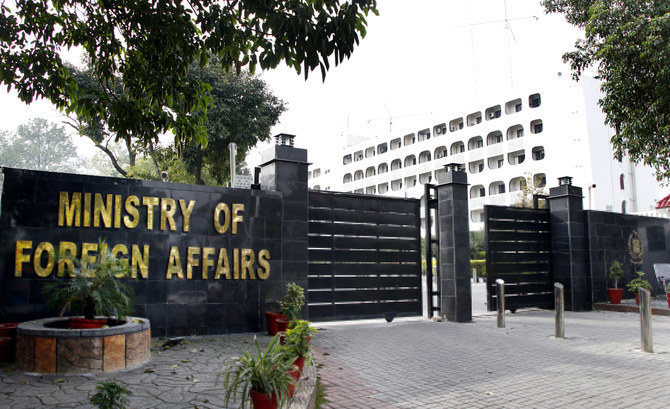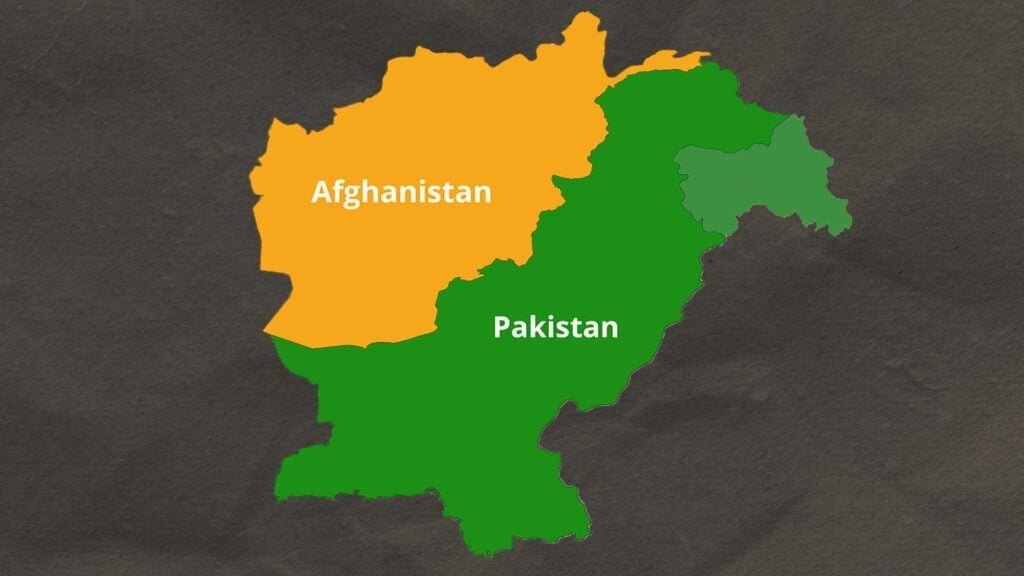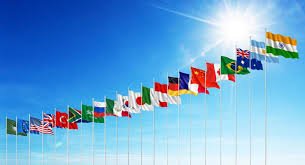In a significant development for Pakistan’s banking sector, global rating agency Moody’s has upgraded the country’s banking outlook from stable to positive. This change reflects the resilience of Pakistani banks’ financial performance and the improving macroeconomic conditions from a very weak state just a year ago.
According to Moody’s statement, the positive outlook mirrors the Government of Pakistan’s (Caa2 positive) outlook, with Pakistani banks holding substantial government securities, which make up about half of total banking assets. Despite this, Moody’s highlighted concerns over Pakistan’s long-term debt sustainability, pointing to the country’s ongoing weak fiscal position and external vulnerability risks.
Moody’s expects Pakistan’s economy to grow by 3% in 2025, a significant rebound from 2.5% in 2024 and -0.2% in 2023. Additionally, inflation is expected to decrease substantially, with estimates suggesting it will drop to around 8% in 2025, compared to an average of 23% in 2024.
The agency anticipates a slowdown in the formation of problem loans as borrowing costs and inflation ease. However, net interest margins are expected to narrow due to interest rate cuts. Despite this, Moody’s believes that banks will maintain solid capital buffers, supported by steady cash generation and moderate loan growth.
The upgrade to a positive outlook comes as Pakistan’s economic environment improves, with stronger government liquidity and better external financial positions compared to 2024. The $7 billion IMF Extended Fund Facility, approved in September 2024, is expected to provide a reliable source of external financing for Pakistan in the coming years.
Moody’s predicts that GDP growth will reach 3% in 2025 and 4% in 2026, driven by a reduction in interest rates since June 2024. This will likely spur private-sector spending and investment, even though the demand for borrowing remains relatively subdued.
However, the rating agency pointed out that Pakistani banks’ high exposure to government securities, which accounted for 55% of total banking assets as of September 2024, continues to pose asset risk. Although non-performing loans (NPLs) have slightly increased, banks’ total loan exposure remains limited to 23% of their total assets.
Moody’s also noted that recent interest rate cuts, which lowered the policy rate to 12%, will compress banks’ margins, as much of their earnings are derived from government securities that now offer lower yields. Despite this, banks are expected to maintain adequate capital buffers and manage moderate loan growth.
The agency acknowledged improvements in Pakistan’s foreign exchange reserves following the unlocking of the IMF program, noting a reduction in foreign exchange risks. However, Moody’s warned that interest costs would continue to account for a significant portion of government spending, predicting that they will make up around 40% of total expenditure in 2025, compared to 25% in 2021.















